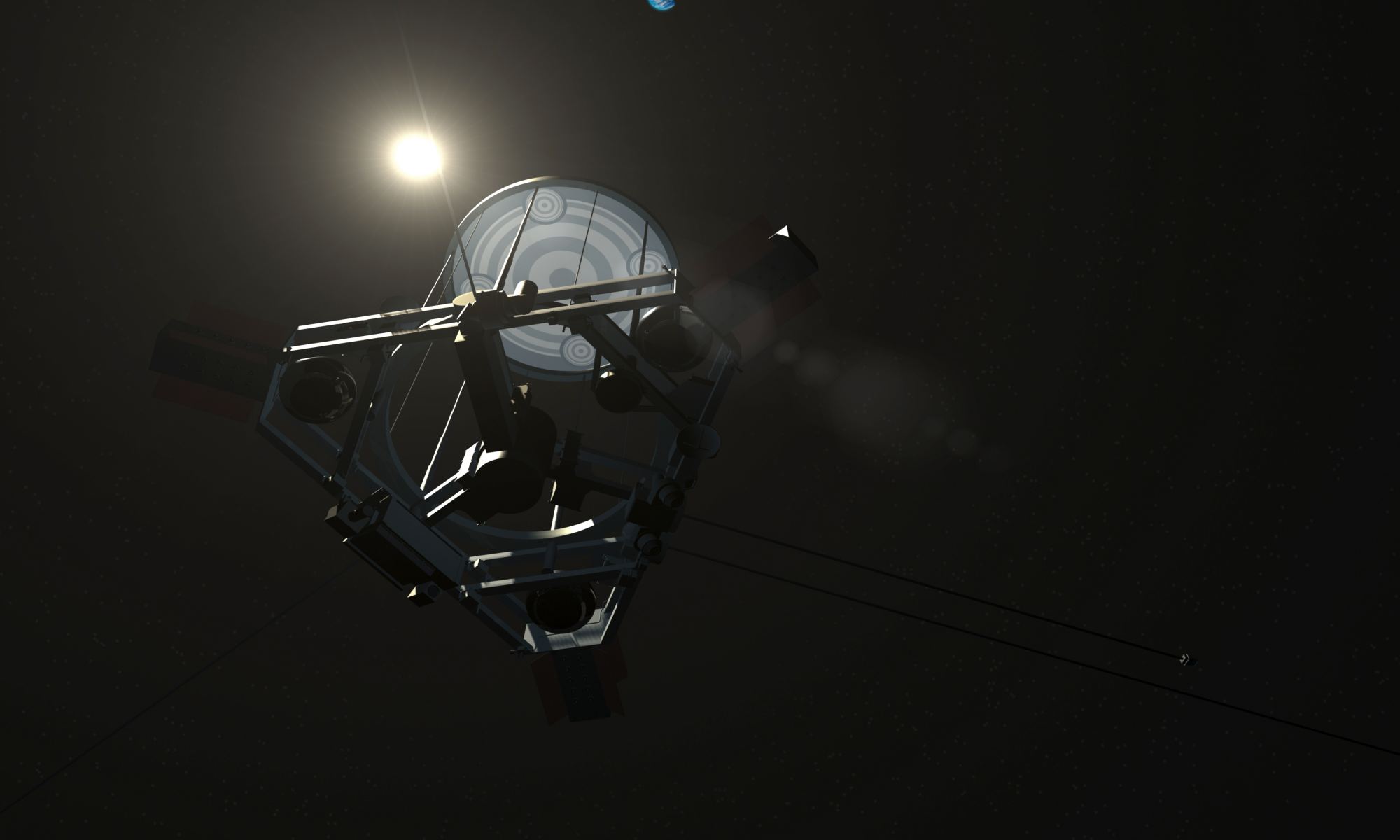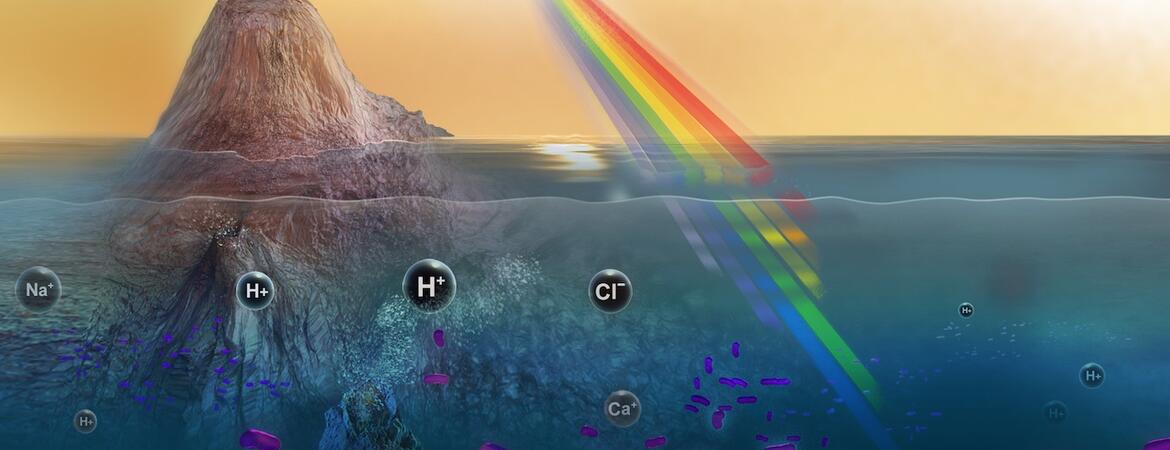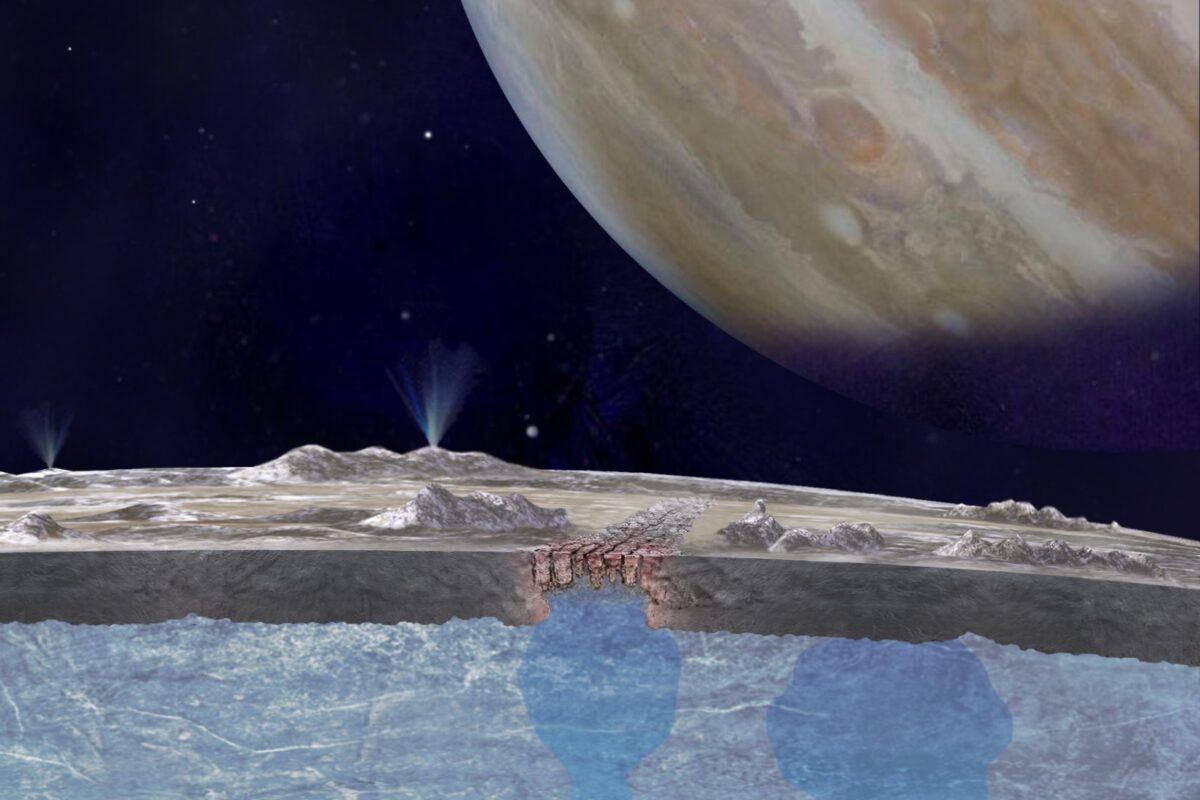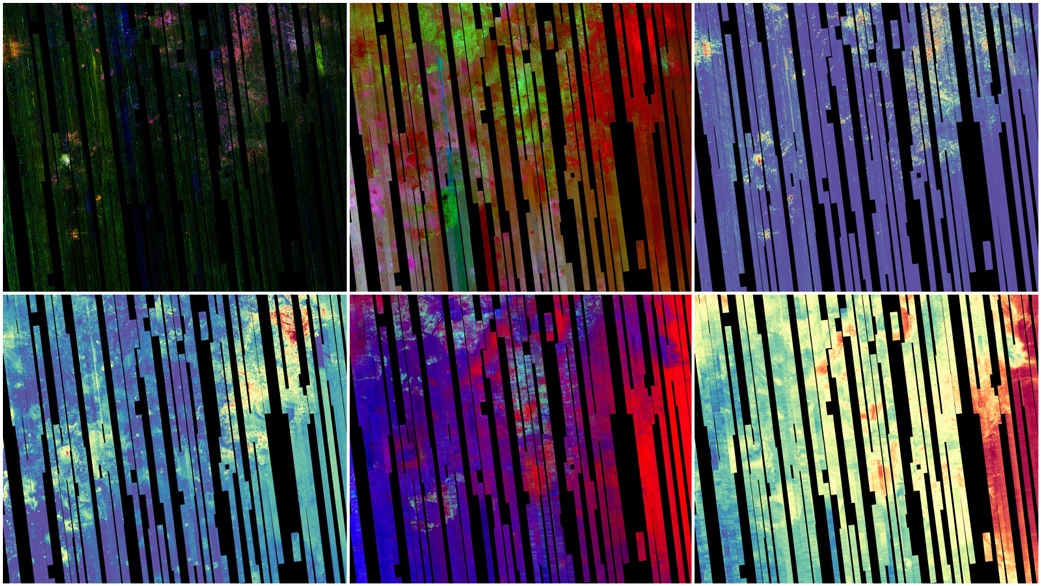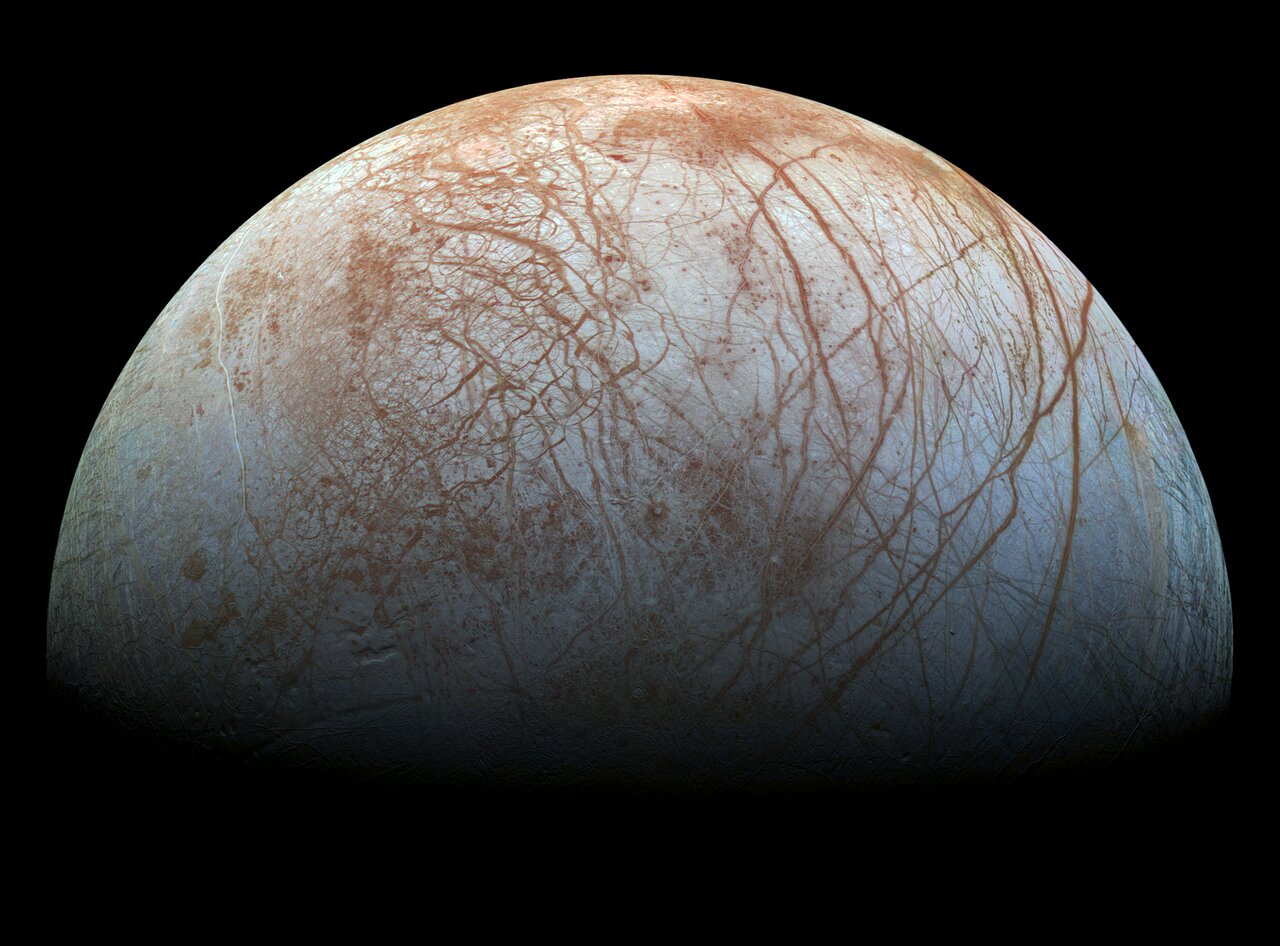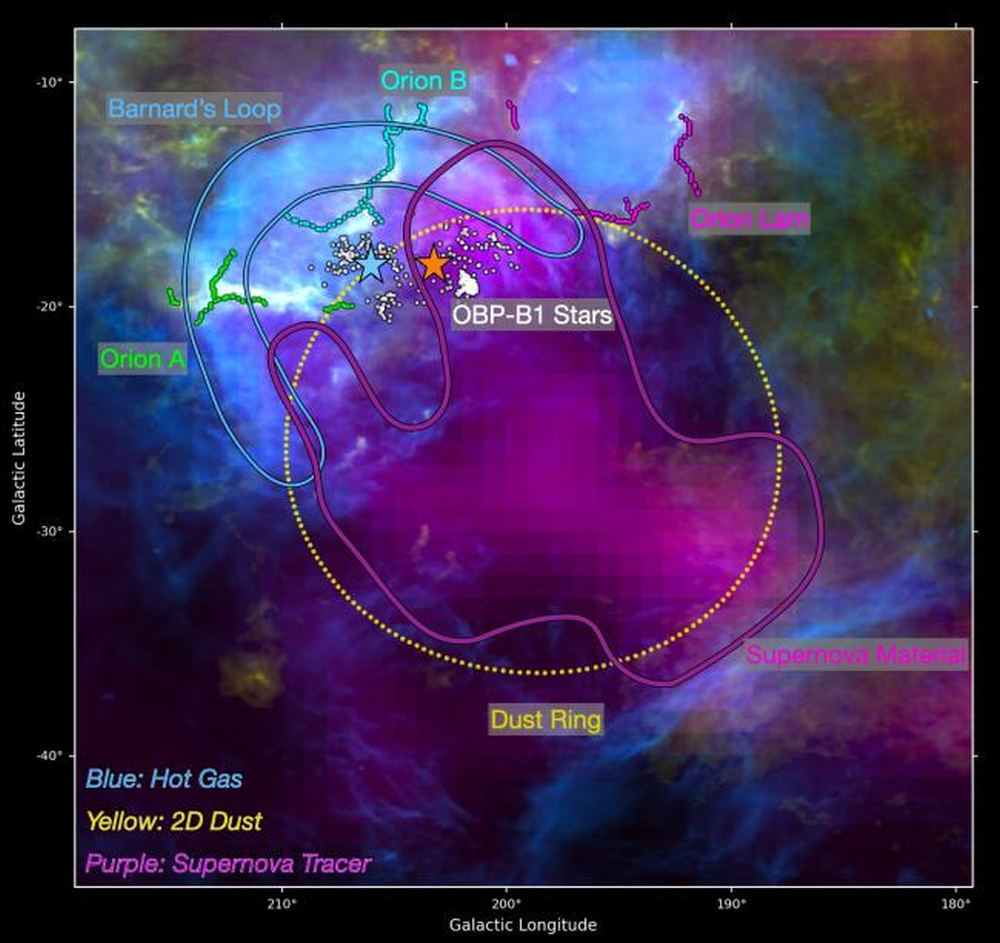The future can arrive in sudden bursts. What seems a long way off can suddenly jump into view, especially when technology is involved. That might be true of self-replicating machines. Will we combine 3D printing with in-situ resource utilization to build self-replicating space probes?
One aerospace engineer with expertise in space robotics thinks it could happen sooner rather than later. And that has implications for SETI.
Continue reading “We’ll be Building Self-Replicating Probes to Explore the Milky Way Sooner Than you Think. Why Haven’t ETIs?”
